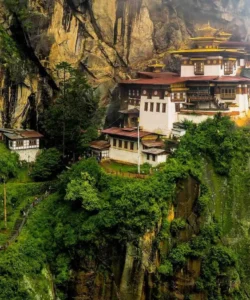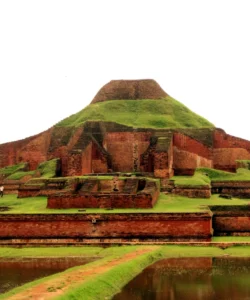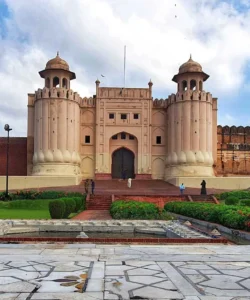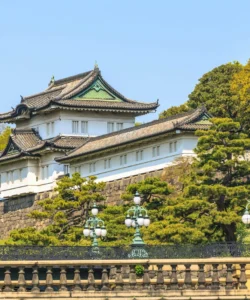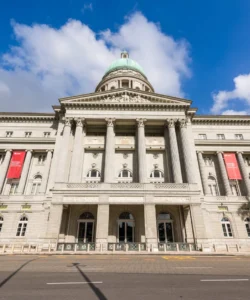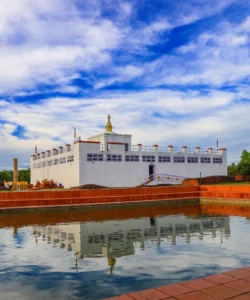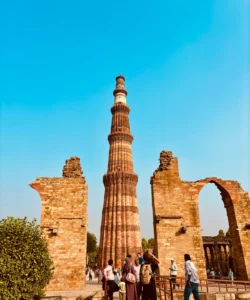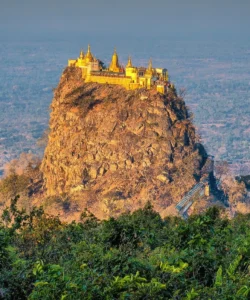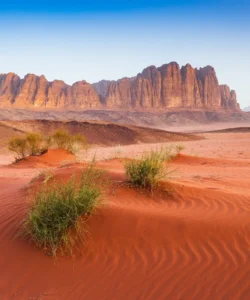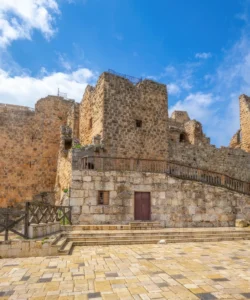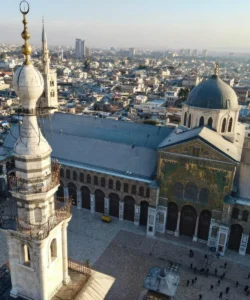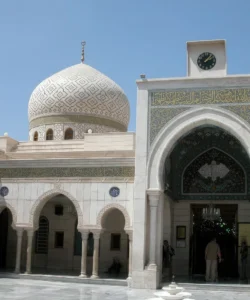Ajloun Castle, known in Arabic as Qal’at ar-Rabad, is a 12th-century Muslim fortress located in the green hills of northern Jordan. It is an outstanding example of Islamic military architecture built by the Ayyubid dynasty to defend against Crusader incursions and to control the region’s trade routes.
Listen to an introduction about Ajloun Castle
Name and Address
Name: Ajloun Castle (Arabic: قلعة عجلون, Qal’at ‘Ajloun), also known as Qal’at ar-Rabad.
Address: The castle is situated on a hilltop called Jabal ‘Auf, overlooking the town of Ajloun in the Ajloun Governorate of northwestern Jordan. It is located approximately 75 kilometers (47 miles) from the capital city, Amman.
How to Get There
Ajloun Castle is a popular destination, often visited in combination with the nearby Roman ruins of Jerash.
- From Amman: The drive from Amman to Ajloun takes about an hour to an hour and a half. You can rent a car, hire a taxi, or take a Jett bus service to the town of Ajloun. From there, you can take a short taxi ride to the castle entrance.
- By Tour: Many organized tours from Amman to northern Jordan include a visit to both Jerash and Ajloun Castle.
Landscape and Architecture
The castle’s architecture is a testament to Ayyubid military engineering, strategically integrated into the landscape to serve its defensive purpose.
- Strategic Hilltop Position: The castle is built on a commanding hilltop, providing panoramic views of the Jordan Valley and three main wadis (valleys) leading into it. This position allowed its garrison to monitor and control movement along the trade and communication routes between Damascus and Cairo.
- Ayyubid Military Architecture: The original castle, built by one of Saladin’s generals, Izz al-Din Usama, in 1184 CE, had four main towers connected by curtain walls. It was later expanded by the Mamluks, with the addition of a seventh tower and a dry moat, which further strengthened its defenses.
- Dry Moat and Towers: The castle is surrounded by a deep, dry moat, and its irregular shape was designed to follow the contours of the hill. It features multiple towers with arrow slits, an innovative defensive design for its time.
What Makes It Famous
Ajloun Castle is famous for its strategic history and its role in a pivotal moment of regional conflict.
- Defense Against the Crusaders: The castle was one of the few Muslim fortresses built specifically to counter the Crusader states, serving as a crucial link in the defensive chain against their incursions from the west.
- Saladin’s Legacy: The fortress is directly tied to the legacy of the legendary Muslim leader Saladin, as it was built by his nephew and general, Izz al-Din Usama, in the lead-up to the Battle of Hattin.
- Panoramic Views: From its high walls and towers, visitors can enjoy breathtaking views of the surrounding green hills of the Ajloun Nature Reserve, the Jordan Valley, and on a clear day, even the neighboring countries of Syria and Israel.
- Messenger Hub: Due to its strategic position, the castle was part of a network of signal beacons and pigeon posts that allowed messages to be transmitted from Damascus to Cairo in a single day.
Differences from Some Other Wonders (e.g., Krak des Chevaliers)
While both Ajloun Castle and Krak des Chevaliers are medieval military fortresses, they have some important distinctions.
- Historical Ownership and Purpose: Ajloun Castle was built by the Ayyubid dynasty, a Muslim power, specifically to defend their territory from the Crusaders. Krak des Chevaliers, in contrast, was built and extensively fortified by a Crusader military order, the Knights Hospitaller, to serve as a base for their operations.
- Geographical Setting: Ajloun Castle is located on a hilltop in a lush, forested landscape. Krak des Chevaliers is a more isolated, rural fortress situated on a steep ridge with a narrow pass, designed to control a key route.
- Preservation and Condition: Krak des Chevaliers is considered one of the most complete and best-preserved medieval castles in existence. Ajloun Castle has also been well-preserved and restored, but it suffered more extensive damage from earthquakes over the centuries.
Ajloun Castle Photos:































